Palworld’s Battle for Survival: Navigating Legal and Competitive Fronts Ahead of the 2026 1.0 Launch
Popular Now
 Toca Boca World
Toca Boca World
 FIFA 23
FIFA 23
 Warframe
Warframe
 CarX Street
CarX Street
 Minecraft
Minecraft
 Among Us
Among Us
 Candy Crush Saga
Candy Crush Saga
 Free Fire Max
Free Fire Max
 Schedule I
Schedule I
 Brawl Stars
Brawl Stars 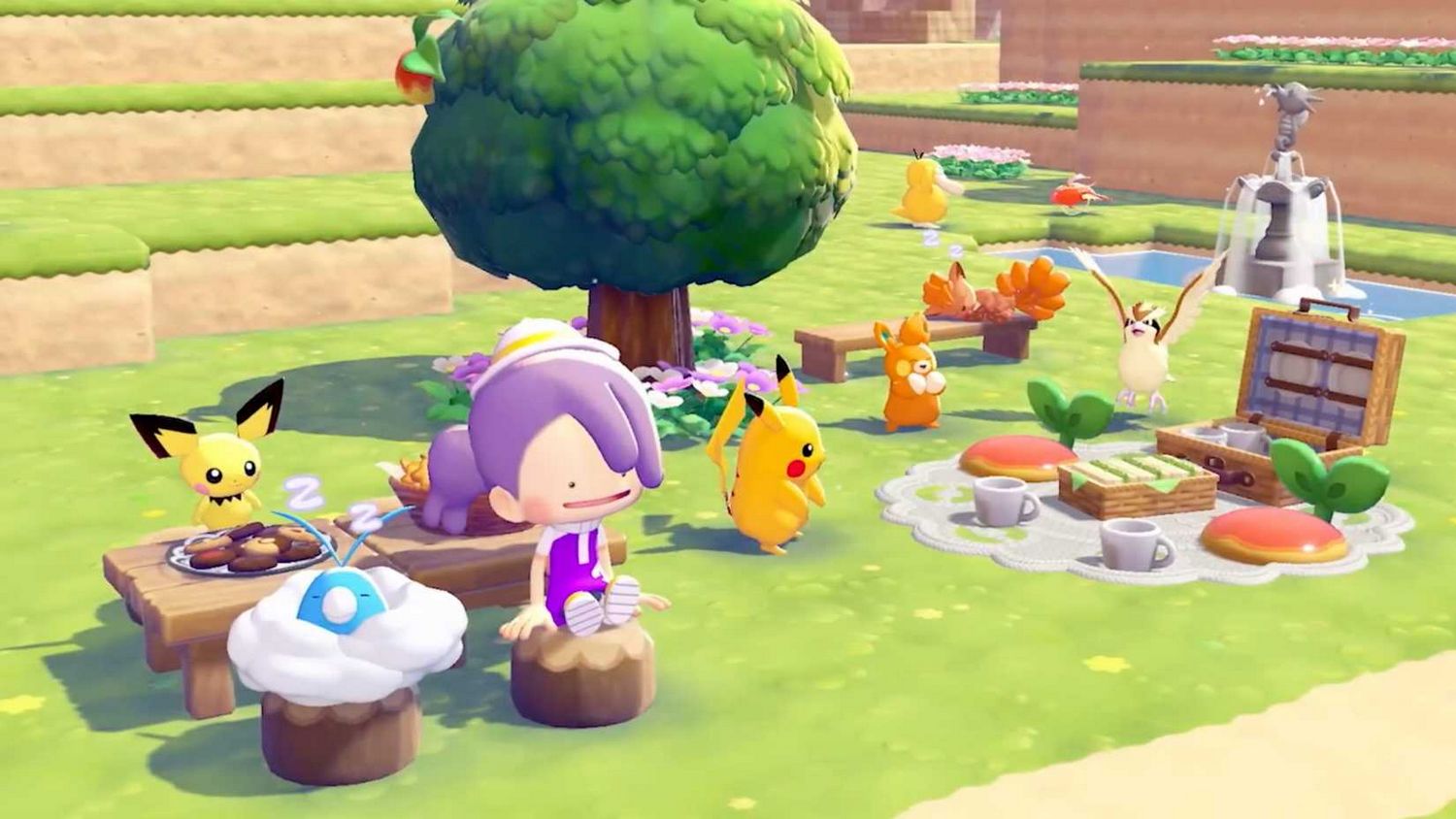
The year 2026 is shaping up to be a monumental, yet precarious, period for Pocketpair’s breakout phenomenon, Palworld. Following its explosive Early Access debut, which saw unprecedented player numbers and revenue, the monster-taming survival game is now facing a dual challenge that threatens its long-term stability and market dominance. The company is simultaneously battling a complex, high-stakes legal war with industry titans and preparing for the inevitable emergence of new competitors aiming to capitalize on the “Pokémon with guns” market, all while driving towards the crucial Palworld 1.0 official release slated for next year.
This article provides an in-depth analysis of the two major fronts in what some are calling the “War for Pal-kind,” examining the potential impact on Palworld’s future, its development roadmap, and the implications for the broader open-world survival game genre.
Front One: The Unrelenting Legal Onslaught from Nintendo and The Pokémon Company
The most immediate and potentially existential threat to Palworld remains the ongoing legal action initiated by Nintendo and The Pokémon Company. What began as intense speculation over the striking similarities between Pal designs and gameplay mechanics has escalated into a methodical, patent-focused legal campaign that continues to cast a long shadow over Pocketpair’s operations.
The Core of the Patent Dispute
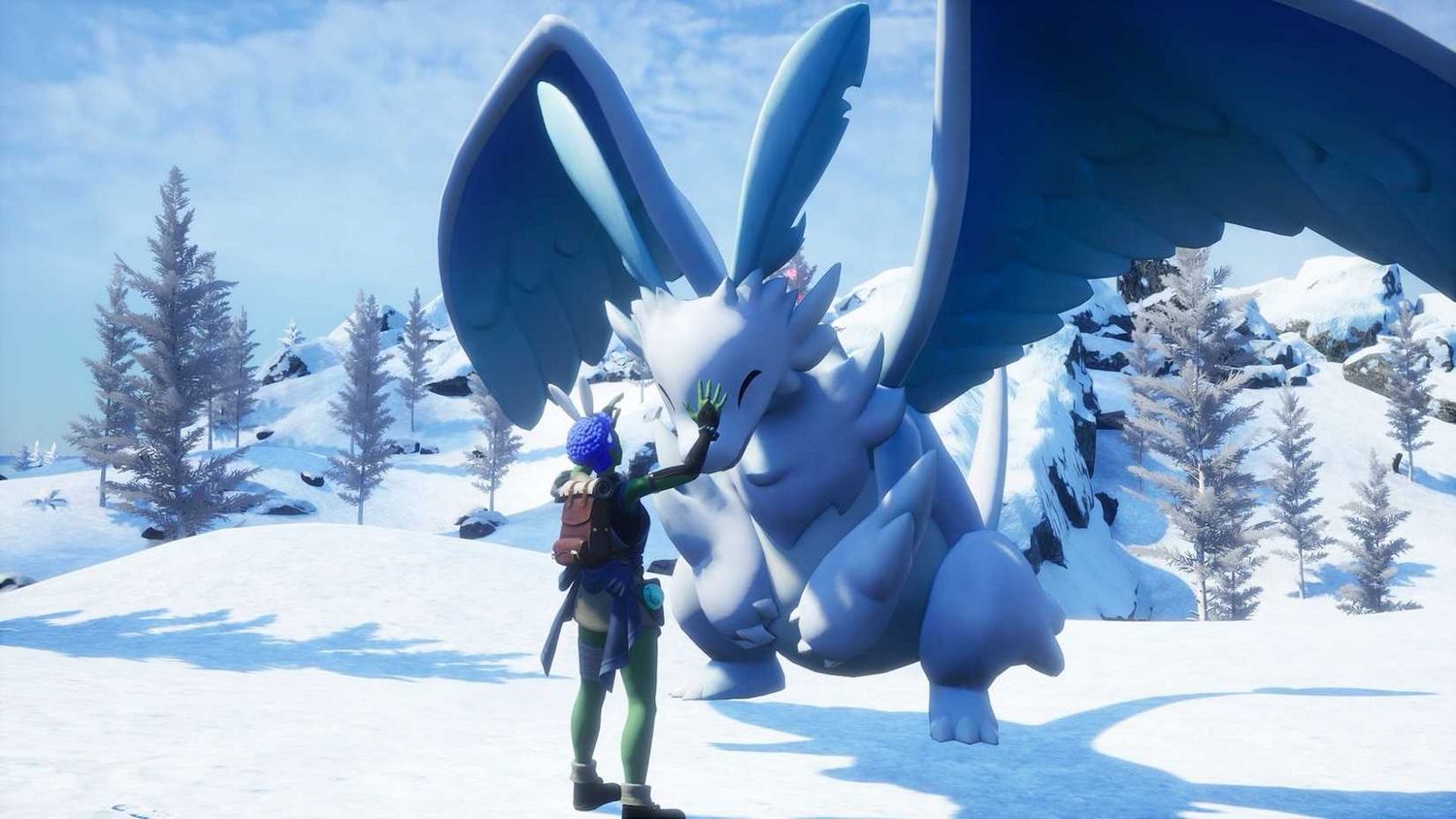 While direct copyright infringement on creature designs proved challenging to prove in court, the legal battle has shifted to a much broader and more controversial territory: the patenting of core game mechanics. Recent court filings have highlighted a series of patents—some controversially granted post-Palworld’s Early Access launch—that relate directly to monster-taming, summoning, and movement systems. These patents include:
While direct copyright infringement on creature designs proved challenging to prove in court, the legal battle has shifted to a much broader and more controversial territory: the patenting of core game mechanics. Recent court filings have highlighted a series of patents—some controversially granted post-Palworld’s Early Access launch—that relate directly to monster-taming, summoning, and movement systems. These patents include:
- The mechanic of using a capture item (like the Pal Sphere) to catch characters in a virtual space.
- Specific aiming systems for deploying such capture items.
- Systems for rideable characters and the act of summoning a monster into battle.
Legal analysts have widely criticized the breadth of these patents, suggesting they could set a dangerous precedent by stifling game development innovation across the industry. Despite these challenges, Pocketpair has shown resolve, making measured, proactive adjustments to its in-game mechanics (such as altering the Pal summoning animation and gliding mechanics) in a clear attempt to legally sidestep the specific language of Nintendo’s claims. However, the costs associated with prolonged intellectual property litigation are immense, consuming valuable resources and development focus that could otherwise be directed towards new content.
The 2026 Release Conundrum
The announcement of the Palworld Ver. 1.0 launch in 2026 signals a bold, forward-looking strategy. Pocketpair’s Communications Director confirmed that the immediate focus is on fixing the game’s notorious “quirks and jank,” dedicating time to technical cleanup and stability. This technical debt needs to be addressed before a full release, but the move also serves as a strategic public relations message: development continues, unbowed by the legal pressure. The market is watching closely to see if the legal system can truly impede a game with over 25 million registered players.
 Front Two: The Looming Threat of Next-Generation Competitors
Front Two: The Looming Threat of Next-Generation Competitors
The second front in Palworld’s war is an inevitable consequence of its massive, unexpected success: market competition. The sensational popularity of the “monster-taming survival” niche has not gone unnoticed by major and independent developers alike. As Palworld focuses on foundational cleanup ahead of its 2026 release, other studios are in a race to deliver polished, feature-complete titles that directly compete for its lucrative player base.
The Rise of ‘Palworld-Likes’
History shows that successful new genres quickly attract competitors, and the blend of creature collection, crafting, and open-world shooting is no exception. While no direct, major AAA competitor with an identical formula has been fully revealed for an early 2026 release, numerous projects are now confirmed to be in development, heavily influenced by Palworld’s formula. These upcoming games are leveraging the lessons learned from Palworld’s Early Access—specifically, a more polished launch experience, better base-building mechanics, and superior Pal/AI pathing—to attract players looking for the next evolution of the genre. The CPC high-value keywords surrounding “best new survival games 2026” and “monster collector RPGs” are already heating up in anticipation of these new titles.
Furthermore, Nintendo’s own movements, such as the confirmed development of titles like the highly anticipated Pokémon Champions (a free-to-start competitive battle simulator), could be seen as an aggressive, calculated effort to re-engage the competitive community and reinforce its dominance in the monster-taming core RPG space, thereby starving Palworld of potential long-term, high-engagement players.
The Internal Challenge: Content and Player Retention
Even without direct competitors, Palworld must contend with the natural decay of its massive initial player count. While still averaging a healthy concurrent player base, keeping players engaged until the 2026 1.0 launch requires a steady stream of compelling content and quality-of-life improvements. The planned slowdown for the latter half of 2025 to focus on “cleanup” presents a risk: the market will be quieter, potentially opening a window for newer, smaller-scale releases to steal focus. The success of the forthcoming Winter Update will be critical in bridging the gap to the 1.0 release.
 The Path to Palworld 1.0: Strategy for Victory
The Path to Palworld 1.0: Strategy for Victory
Pocketpair’s strategy for winning this two-front war is clear: double down on quality and deliver a transformative 1.0 experience that transcends the game’s controversial origins. The 2026 release is not just a milestone; it is a declaration of permanence in the premium gaming market.
- Fortifying the Foundation: The decision to prioritize technical polish—squashing bugs, improving AI, and refining core mechanics—is a non-negotiable step. A polished 1.0 release will mute the common criticisms of “Early Access jank” and validate the game’s $29.99 price point and massive sales figures.
- Massive Content Drop: The promise of a “truly massive amount of content” for the 1.0 launch, including new regions like the long-teased World Tree, new Pals, and endgame activities, is designed to generate a second massive wave of media attention and player return, essentially rebooting the game’s hype cycle.
- Strategic Differentiation: Pocketpair’s simultaneous launch of the publishing arm, Pocketpair Publishing, and the announcement of a Palworld spin-off, Palfarm, shows a shrewd business move. It leverages the company’s financial success to diversify its portfolio and solidify the Palworld IP as a versatile brand, not just a one-hit wonder in the survival genre.
In conclusion, 2026 will be the year Palworld either solidifies its place as a groundbreaking, genre-defining title or succumbs to the dual pressures of legal attrition and aggressive market competition. The coming months are less about new features and more about a strategic, heads-down effort to build an unassailable technical and legal foundation for its full release, securing its place in the highly profitable PC and Console Gaming landscape.








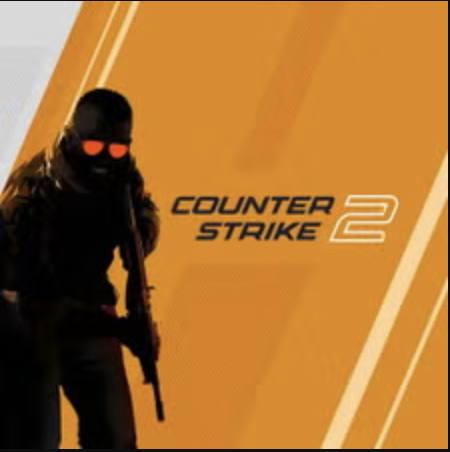
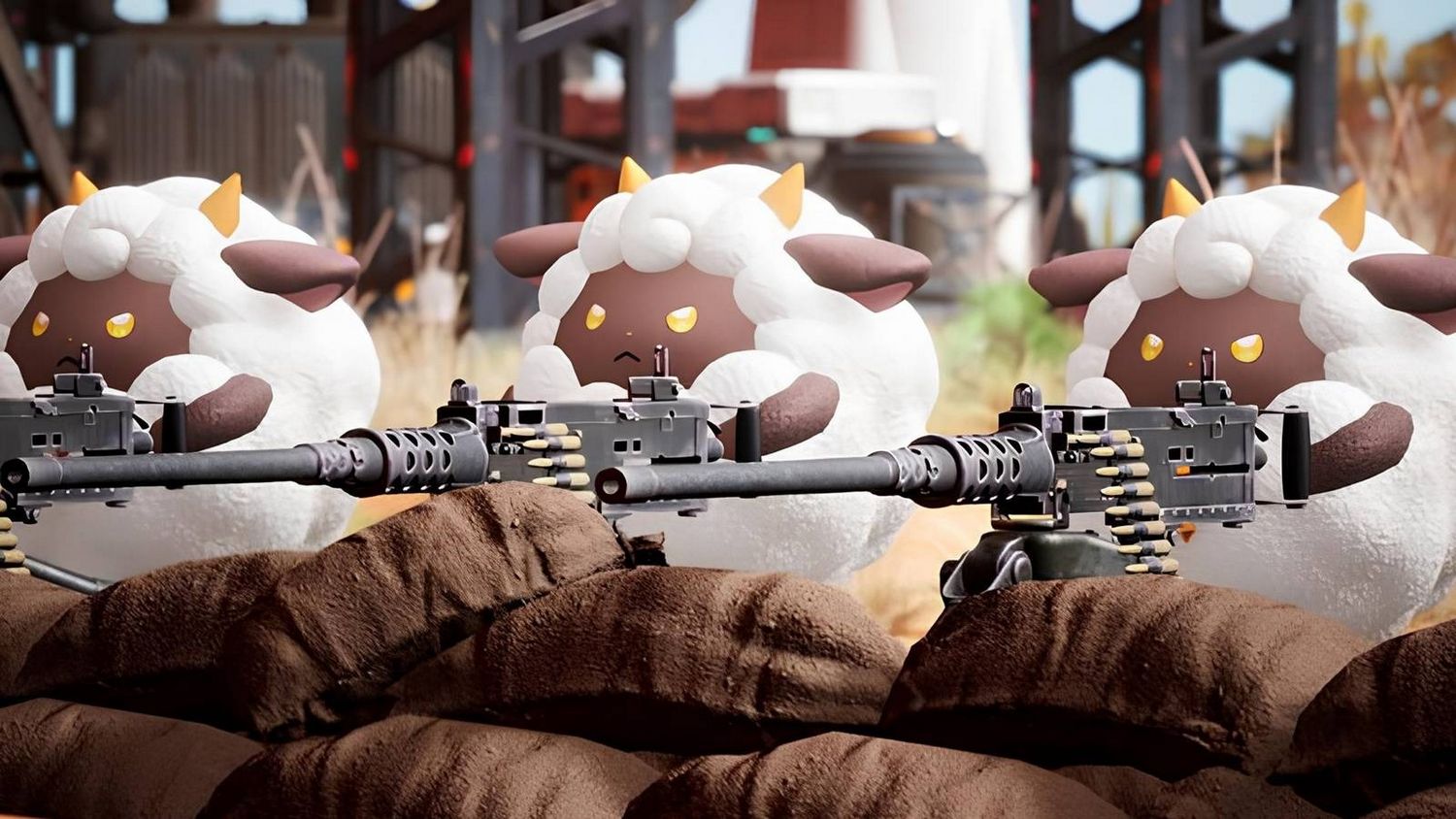 Front Two: The Looming Threat of Next-Generation Competitors
Front Two: The Looming Threat of Next-Generation Competitors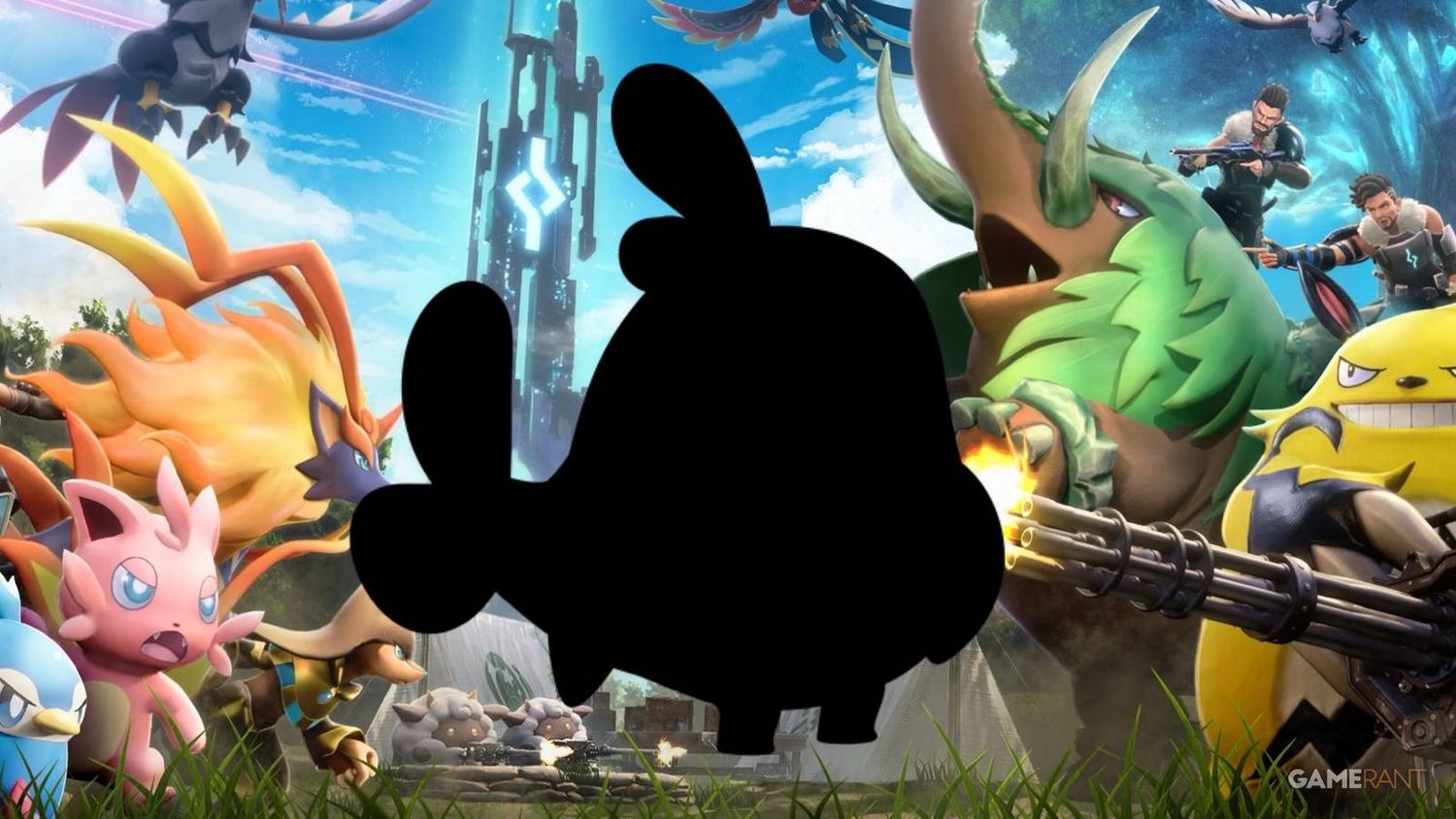 The Path to Palworld 1.0: Strategy for Victory
The Path to Palworld 1.0: Strategy for Victory